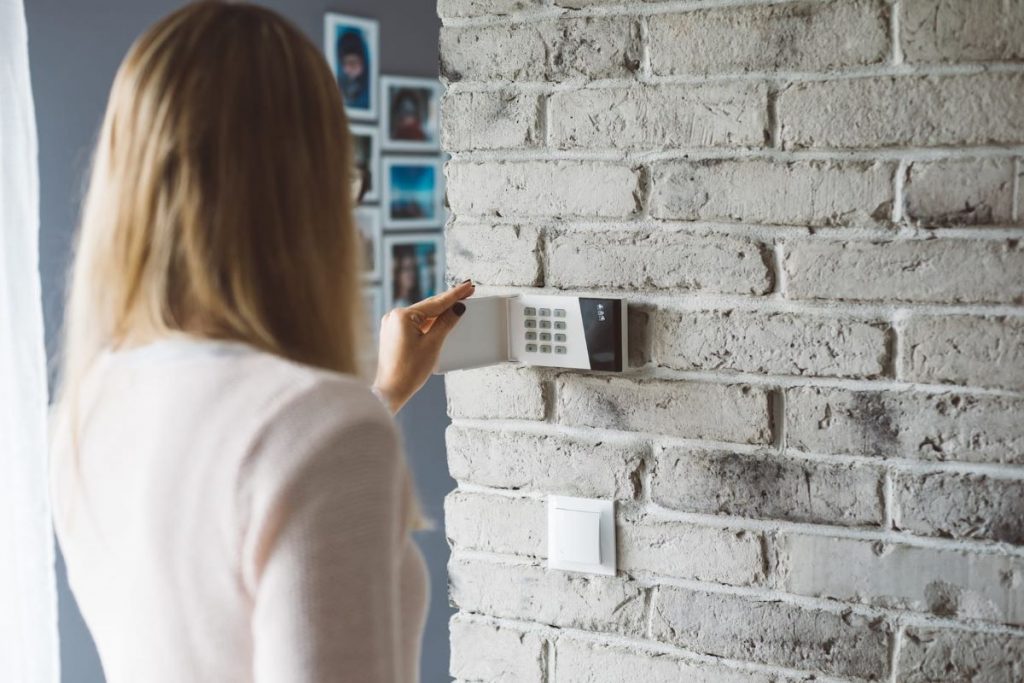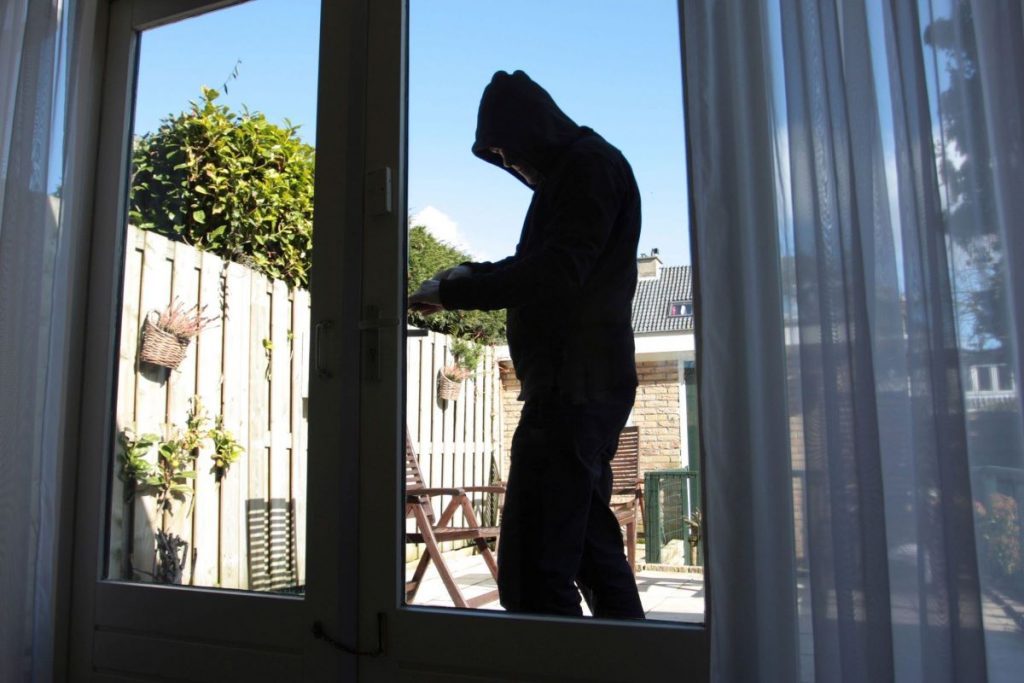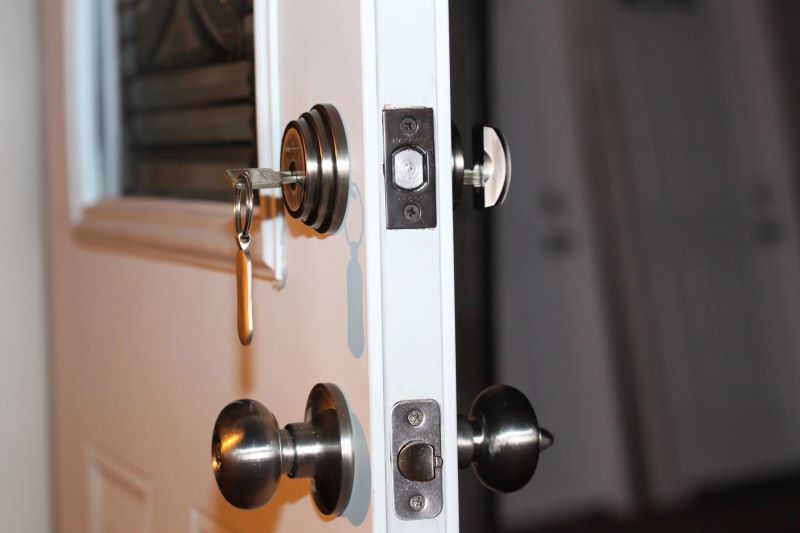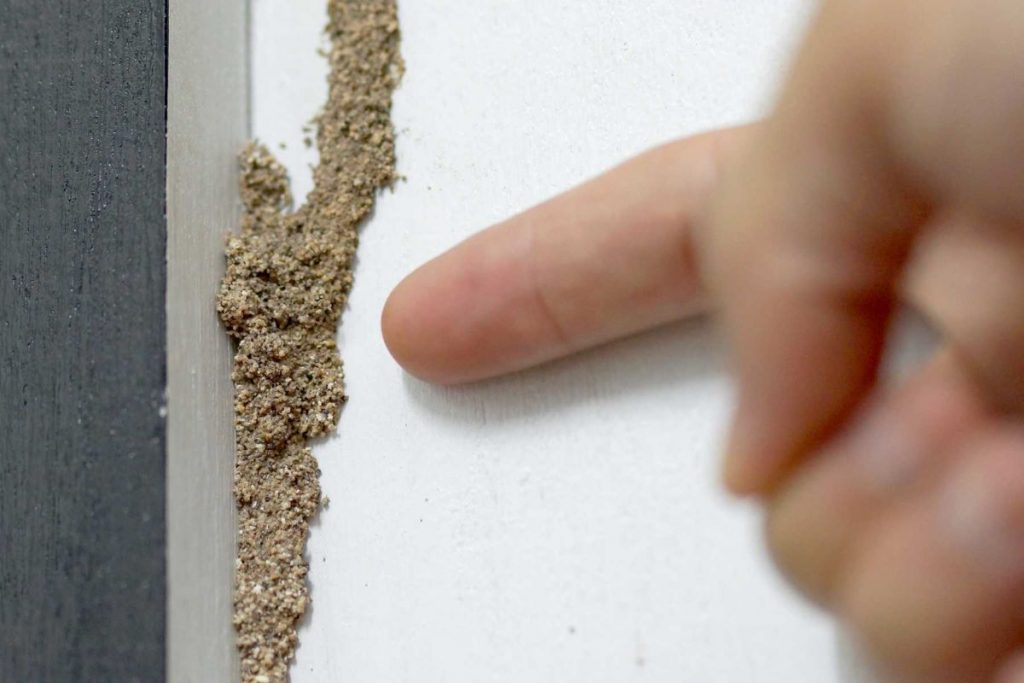Table of Contents
Unfortunately, the answer to that question is probably not if you’re hit directly by a strong tornado. You should always seek shelter if your location is under a tornado warning.
Even if you don’t live in Tornado Alley, it’s wise to pay attention if your area is placed under a tornado watch. While the largest threat is from March through May in the southern part of the United States and during the spring and early summer months in the north, they can happen any time of year. Moreover, they’ve touched down in every state across the nation at some point in time.
The path of destruction that tornadoes leave in their wake is sobering, to say the least. Sadly, if your home is put directly in the path of a fierce tornado, there may not be much hope of it weathering the storm without sustaining major damage or being completely destroyed.
However, taking some precautions can increase your chances. While most forms of protection are best installed while a home is under construction, it’s not impossible to beef up the strength of your home after the fact.
Roofs
High winds can cause your roof to pull away from the home entirely causing catastrophic damage. There are a number of ways to beef up your roof to help keep it in place during high wind events.
Roof straps are easiest installed while the home is under construction but an experienced contractor can still complete the job for you. They literally tie the roof and walls together. It’s not an easy process and may get a bit pricey. Still, homeowners often decide the peace of mind that the added protection brings is worth the expense.
Bracing your roof is another option that’s more cost-effective. It simply involves attaching 2×4’s placed strategically along the underside of your roof. It depends on the type of roof that you have as to where the boards are attached.
Even more cost-effective is using a construction adhesive to strengthen the connection between the roof and the outer walls of your home. Again, you’ll be working from the attic and will, simply, run a bead of the adhesive along each rafter or truss where it meets the plywood roof sheathing. This simple step can triple your roof’s protection against being ripped away from your home during high winds.
Windows
You may have grown up hearing that you should open your windows a crack if under the threat of a coming tornado to lessen the odds that your home will be destroyed. The wind supposedly enters through the windows on one side of the house and escapes through those left open on the other. That’s a myth that you shouldn’t believe. If the wind gets into your home, pressure begins to build faster than the wind can escape. That’s not good.
Keep your windows closed!
If storm-debris comes crashing through the windows, it opens up your home to the fury of the storm as well. The wind immediately rushes upward looking for an escape route. Once it reaches the attic, it forces its way through every tiny crack and crevice to get out again. Meanwhile, pressure builds inside the home as the wind continues to enter. Couple that with the force of the storm beating against the home from the outside and the roof may separate entirely.
Yikes!
What if you had stronger windows?
“Homeowners install Impact windows because they strengthen the structural integrity of their homes. There’s no doubt that the added storm protection that they provide during high winds is unsurpassed. These windows revolutionized the industry!” said Randy Reece, CEO at Reece Windows.
Impact windows are meant to withstand the force of storm-tossed debris. These amazing windows may crack to pieces from the onslaught of the storm, but they will not fly apart. They’re constructed using tempered glass. Rather than shattering into shards and slivers, tempered glass crumbles into tiny rounded pellets. They’re much less likely to cause injury-unless being whipped through the air during a turbulent storm, that is.
To solve that problem, manufacturers sandwich a sheet of high-tech polymer between the panes of glass. The polymer absorbs impact and stops debris short. It also holds the glass in place so that your windows remain intact even if struck repeatedly.
These windows are tested rigorously to earn an impact-resistant rating. The large missile test entails shooting a 2×4 from a cannon with enough force to cover a distance of 50 feet per second! The small missile test hurls steel ball-bearings at the window simultaneously. The ball-bearings travel 80 feet per second. The entire window unit must survive intact to pass these tests. Next, they’re tested for wind and rain resistance.
Doors
Doors can easily be made more impact-resistant too. Simply adding a third hinge attaching the door to its frame and having a deadbolt in place adds a measurable amount of protection.
Yard Maintenance
Granted, there’s not much time for yard maintenance when you’ve been notified that there’s a tornado in the area! However, keeping your trees pruned so the wind can easily push through the foilage can keep it standing. Additionally, you should always cut down dead or diseased trees when you discover them. And, if you have time to secure deck furniture, planters, or outside equipment, do it. It can keep them from winding up inside your home.
Your largest asset
Most of us consider our homes to be our largest asset, however, when you get down to the heart of the matter, our families best fit that bill.
Tornadoes contain wind speeds that reach up to and over 100 mph. Your home is in danger of sustaining serious damage even if you’ve done all you can to make it a safe haven. In view of that fact, taking the time to instruct your family where to seek shelter if they’re at home when a tornado hits is the most important thing that we can do.
Have a plan in place for seeking immediate shelter and practice it at regular intervals. In the long-run, that’s your best defense.








